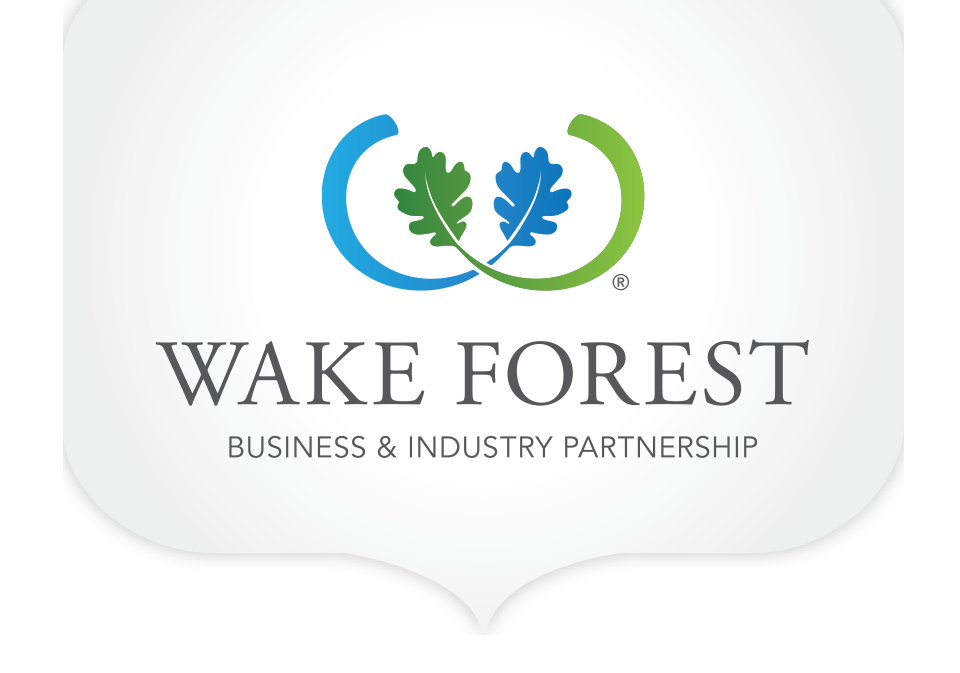Wake Forest is consistently ranked as one of the fastest growing, safest, best places to raise a family, most opportune for business, and all-around best communities to live in across North Carolina. The success found here as a dynamic, vibrant, auspicious place-to-be can only be credited to the diverse array of people who call Wake Forest home.
A 232% population boom over the past two decades has radically reshaped the landscape of living, working, and playing in this community. With the transformation of the region, this historic town has been met with innovation, diverse and greater business opportunity, and an overall new Wake Forest that is in the midst of writing new history.
“Anyone that frequents here can tell you growth has definitely brought a lot of change to Wake Forest,” said Jason Cannon, President of the Wake Forest Business & Industry Partnership (WFBIP). “Growth in Wake Forest has been good. The Town has been strategic in helping this community develop well as a place with immense resources, good infrastructure, and other elements we refer to as ‘big city.’ However, Wake Forest has maintained a vibrant local culture and every bit of its small town charm.”
Each year, marketing the community requires tracking the staggering, progressive change taking place here. To showcase that growth, the WFBIP produces an annual demographic profile in both print and animated formats. Using different mediums, both of which have received award-winning recognition from the International Economic Development Council (IEDC), the Animated Community Profile and Community Profile booklet track year-to-year trends to tell the story of Wake Forest’s growth through data.
From 2018 to 2019, Wake Forest saw upward shifts across key demographic areas that reflect the trajectory of growth happening in the community. These include population growth, an increase in median household income, greater diversity, a shift in industry sectors, educational attainment levels, and more. Below are some of the key demographic shifts in Wake Forest from 2018 to 2019:
Population Growth: 45,264 to 47,220 (3.5% increase, ~5 new people/day)
Median Household Income: $85,155 to $88,394 (3.8% increase)
Professional, Scientific, & Management Jobs: 14.8% to 16.6%
Arts, Entertainment, & Recreation Jobs: 8.9% to 9.2%
Labor Force (10 mile radius): 96,242 to 123,586
These changes, and others of comparable data sets, are noteworthy for local and regional business. For industry in Wake Forest, a growing population and a jump of nearly 30,000 in available local workforce is creating a sustainable flow of employment with individuals generally educated significantly higher than the state and national averages. For several consecutive years, Wake Forest has seen an increase in professional, scientific, and management work opportunities in the community. The increase in this particular industry sector reveals a quickly growing class of tech industry workers that can be easily found in Wake Forest, while an uptick in arts and entertainment-based jobs is indicative of the vibrant quality of life found in and around the community. These statistics, and many like them, showcase the vibrant, pro-business, family-friendly ecosystem of Wake Forest that is bolstered by similar trends across the Research Triangle.
While Wake Forest is uniquely set apart in the Triangle because of its location and history, it is also a pivotal member of the larger region. Not only does Wake Forest supply much of the region with a talented workforce, but it also provides the Triangle with unique quality-of-life opportunities, like Friday Night on White, which draws thousands from Raleigh, Durham, Chapel Hill and the rest of the region. Like most of RDU, the entrepreneurial spirit in this community is thriving as well and has seen the successful launch and growth of more than a few impactful entrepreneurial endeavors. The WFBIP seeks to capitalize on Wake Forest’s regional ties and local strengths through strategic economic development, in order to both tie the town more closely to the Research Triangle and to set Wake Forest uniquely apart in the tech and business world. Given the demographic trends and subsequent business needs of the community, the WFBIP has strategically set into motion the establishment of a downtown business incubator, plans for a future 200-acre live-WORK-play tech park, and much more.
“Wake Forest really is something special. Everyone says that about their community, but I’ve really found it to be true here,” said Cannon. “Experiencing the amazing change over the past few years excites me for the future of this community and the even greater opportunities on the horizon.”







